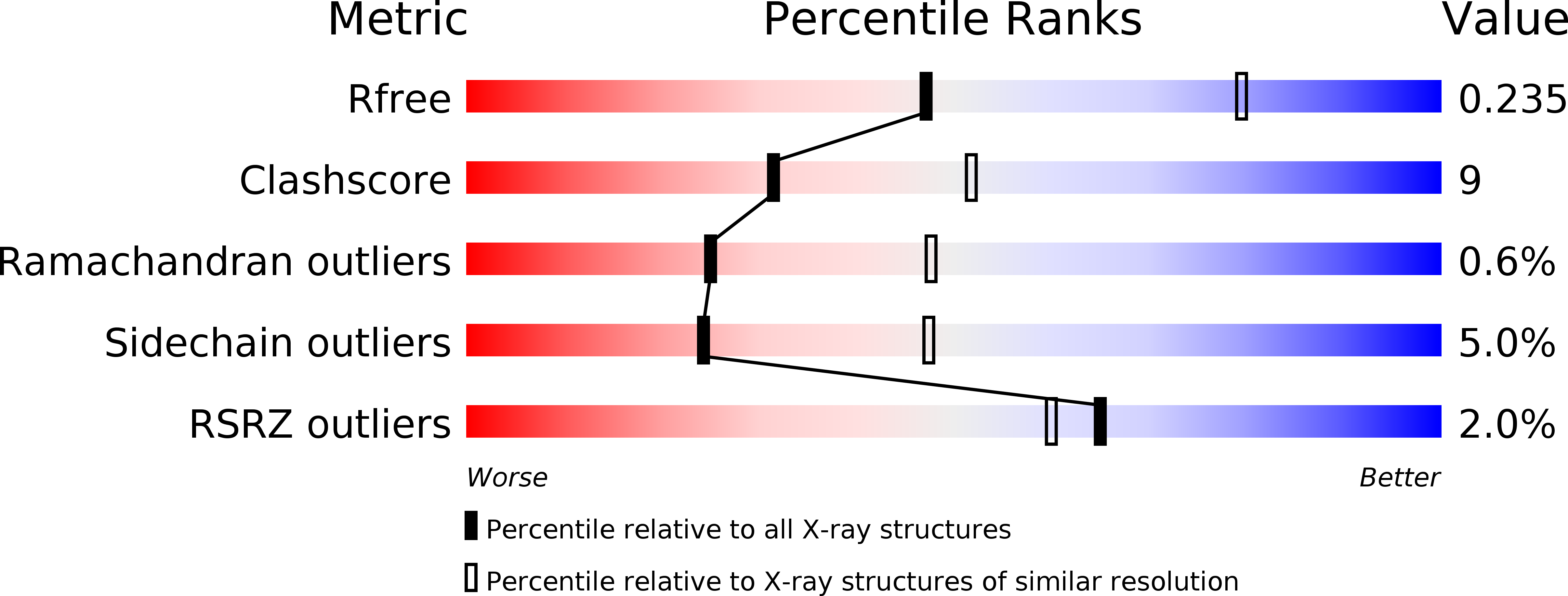
Deposition Date
2010-04-07
Release Date
2010-06-23
Last Version Date
2024-11-13
Entry Detail
PDB ID:
2XB6
Keywords:
Title:
Revisited crystal structure of Neurexin1beta-Neuroligin4 complex
Biological Source:
Source Organism:
HOMO SAPIENS (Taxon ID: 9606)
RATTUS NORVEGICUS (Taxon ID: 10116)
RATTUS NORVEGICUS (Taxon ID: 10116)
Host Organism:
Method Details:
Experimental Method:
Resolution:
2.60 Å
R-Value Free:
0.23
R-Value Work:
0.20
R-Value Observed:
0.20
Space Group:
P 21 21 2


